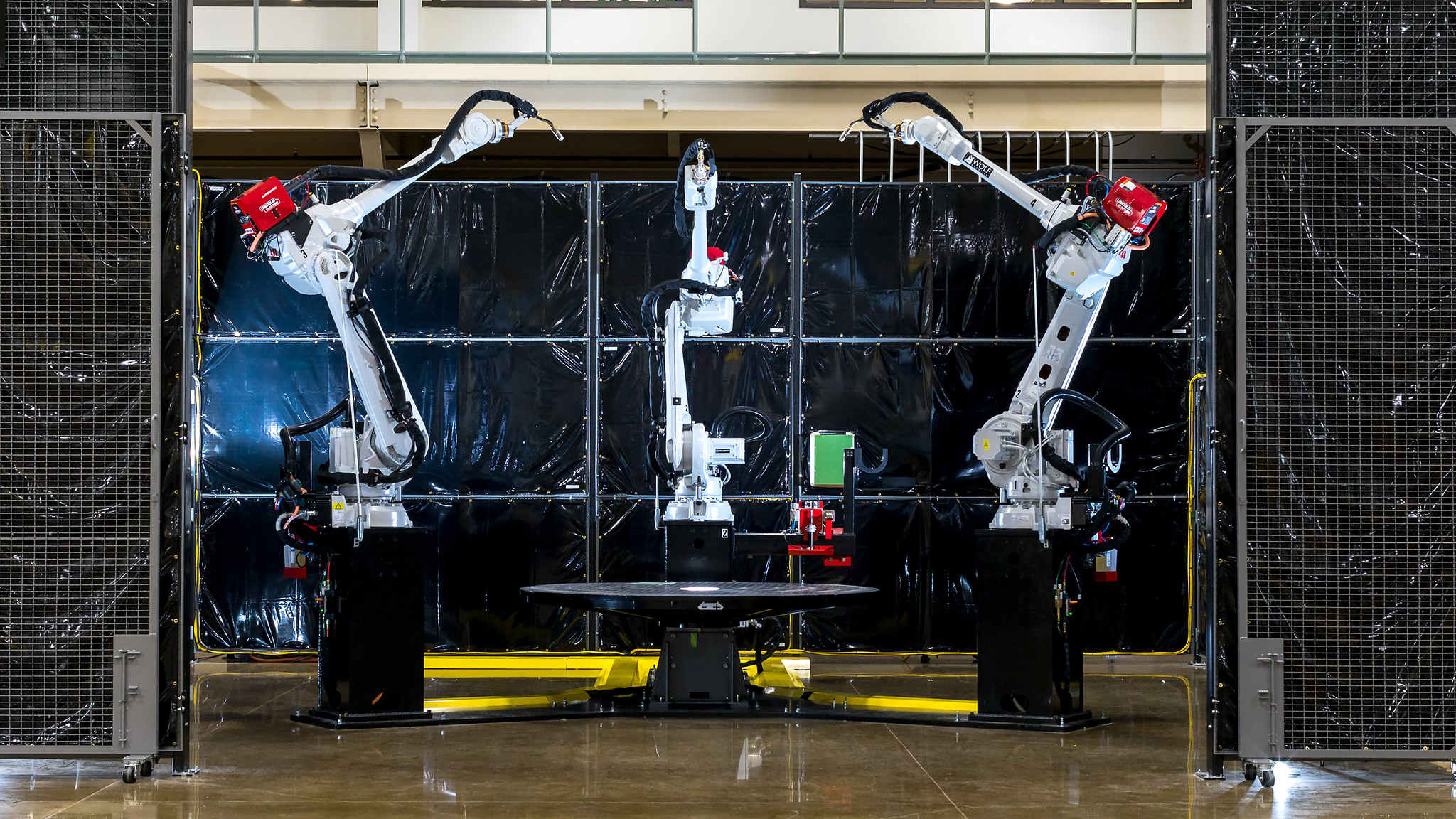
Creating a National DeepTech Capital Fund
Summary
The Biden-Harris Administration should establish a National DeepTech Capital Fund (NDTC Fund) to bridge capital gaps and enable more DeepTech entrepreneurs to bring promising and beneficial technologies to market.
Greater investment in DeepTech is critical in order to return the United States to the forefront of advanced science and technology research and development (R&D). “DeepTech” refers to companies and innovators building science-based, or R&D-based, products and services including hardware and advanced materials, robotics, manufacturing, and biotech. U.S. government investment in technology has declined by two-thirds in the past decades. Private capital typically eschews investment in advanced technologies, due to a combination of the additional expertise needed for and risks inherent to advanced-technology investment. Silicon Valley’s early days were cushioned by government risk capital at a time when the private sector could not see the value of investing in R&D. But relying entirely on Silicon Valley to drive investment in innovation has led the U.S. to a point where it risks being replaced by other innovation centers such as China. A National DeepTech Capital Fund would encourage and enable investment in companies building solutions to society’s greatest challenges, while ensuring that the United States remains at the center of global innovation.
The transition to a clean energy future and diversified sources of energy requires a fundamental shift in how we produce and consume energy across all sectors of the U.S. economy.
Advancing the U.S. leadership in emerging biotechnology is a strategic imperative, one that will shape regional development within the U.S., economic competitiveness abroad, and our national security for decades to come.
Inconsistent metrics and opaque reporting make future AI power‑demand estimates extremely uncertain, leaving grid planners in the dark and climate targets on the line
As AI becomes more capable and integrated throughout the United States economy, its growing demand for energy, water, land, and raw materials is driving significant economic and environmental costs, from increased air pollution to higher costs for ratepayers.